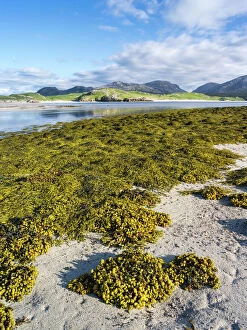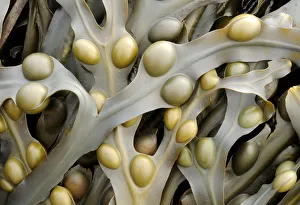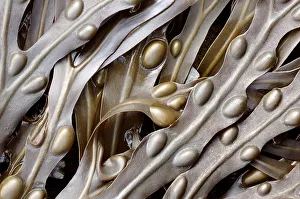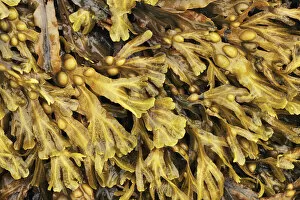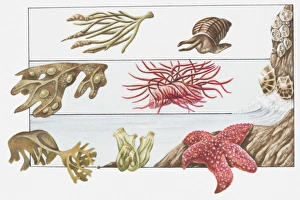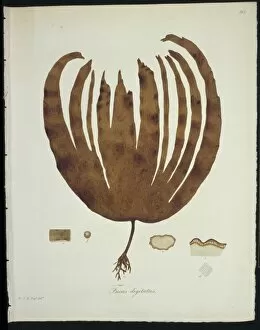Fucus Vesiculosus Collection
Fucus vesiculosus, commonly known as bladder wrack or black tang, is a type of seaweed found in various coastal regions across the United Kingdom
All Professionally Made to Order for Quick Shipping
Fucus vesiculosus, commonly known as bladder wrack or black tang, is a type of seaweed found in various coastal regions across the United Kingdom. One such location is the Isle of Lewis, which is part of the island Lewis and Harris in the Outer Hebrides of Scotland. The picturesque Sandymouth bay in Cornwall also boasts this unique species during August. This fascinating seaweed, Fucus vesiculosus, can be seen along the coastlines of both England and Scotland. Its distinctive appearance has been captured through X-ray images that reveal its intricate structure. These x-rays showcase the complexity and beauty hidden within this marine plant. Bladder wrack plays an important role in coastal ecosystems by providing shelter and food for numerous marine organisms. It thrives in rocky areas like Skye's Duirinish peninsula, located within Scotland's Inner Hebrides archipelago. The scientific name Fucus vesiculosus reflects its characteristic air-filled bladders that help it float near the water's surface. This adaptation allows it to receive ample sunlight for photosynthesis while withstanding turbulent ocean currents. Whether you encounter bladder wrack on a sandy beach or amidst rocky shores, this resilient seaweed serves as a reminder of nature's diversity and adaptability.

